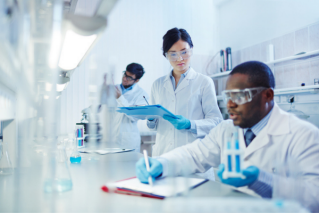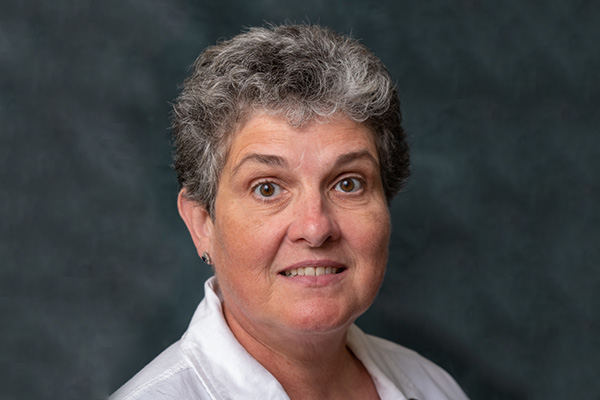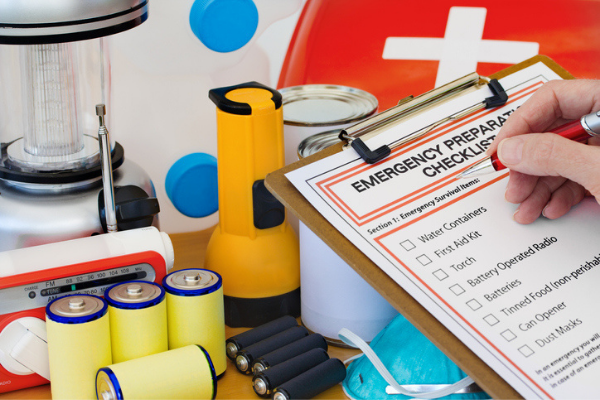
Sometimes the hazards we face in a laboratory are not due to unsafe activity but rather the general condition of the lab environment. There are general housekeeping guidelines for all labs, and there may be guidelines specific to one or more individual specialized laboratories. Housekeeping should be a part of lab audits.
In general, bench tops and hoods are not appropriate for long term storage. Floors should not be used for storage because of the resulting tripping hazards. To those who might be in the process of lab renovation or constructing a new science building, it’s very difficult to have too much storage space for a laboratory. Access to emergency equipment (e.g., eyewashes, safety showers, fire extinguishers, fire alarms, emergency exits) must not be blocked. Inspection tags on eyewashes and fire extinguishers should document regular maintenance inspections. Regarding hoods, keep a clear area across the front of the hood (e.g., six inches); a setback line may be helpful. Small businesses may have greater challenges with storage of lab chemicals and equipment.
All laboratory chemicals must be properly labeled. Acids should be stored away from bases. Organics and reducing agents should be stored away from oxidizers. Flammable chemicals should be stored in the vented cabinet under the hood or in a flammable materials storage cabinet. Avoid storing large quantities of flammables in any one area. Waste cans for flammables must have a flame arrestor. Gas cylinders should be properly secured; cylinders containing combustible gases should be in a ventilated area.
Frayed or damaged power cords should be tagged upon inspection and must be replaced. Minimize use of extension cords; conceal or secure electrical cords to prevent trip hazards. Ensure that any equipment used in an experiment is stable and properly anchored to a supporting frame. Clamp rubber tubes providing water and properly lubricate stopcocks. Can you stop a runaway reaction from outside of the hood?
Discard any chipped or cracked glassware. Clean up spills immediately. If you are leaving an active solution or mixture of chemicals on the bench or in the hood overnight, they must be labelled. Remember that all select carcinogens, reproductive toxins or highly toxic substances must be used and stored in designated areas. Hazardous relief valves, UV and laser units, must be located in a manner to avoid inadvertent exposure. Equipment operating in an unattended mode during off-hours must be labeled with the name of a person who can be contacted in case of an emergency.
Food and/or beverages must not be consumed in the lab; they must not be stored in refrigerators containing lab chemicals or samples. No lab chemicals are to be stored in an office area. Clutter and open storage of hazardous materials are leading causes of lab accidents and spills. Keep your working areas in hoods and on the benchtop free from equipment, chemicals, and trash that are not necessary for the experiment. Finally, be aware of your surroundings and activity away from your bench. The best way to do this is to keep experimental setups visible from several vantage points.
The opinions expressed in this article are the author's own and do not necessarily reflect the view of their employer or the American Chemical Society.
Copyright 2020 American Chemical Society (All Rights Reserved)







